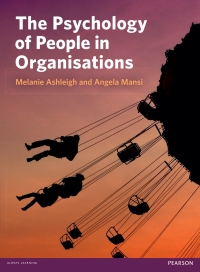Answered step by step
Verified Expert Solution
Question
1 Approved Answer
MILLCO INC. Balance Sheets February 28 and January 31, 2020 February 28 January 31 $ 37,800 57,600 72,900 $168,300 $ 33,300 47,700 84,600 $ 165,600





Step by Step Solution
There are 3 Steps involved in it
Step: 1

Get Instant Access to Expert-Tailored Solutions
See step-by-step solutions with expert insights and AI powered tools for academic success
Step: 2

Step: 3

Ace Your Homework with AI
Get the answers you need in no time with our AI-driven, step-by-step assistance
Get Started


